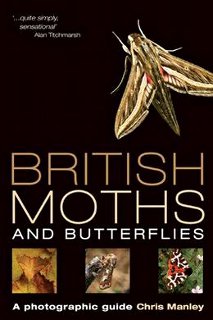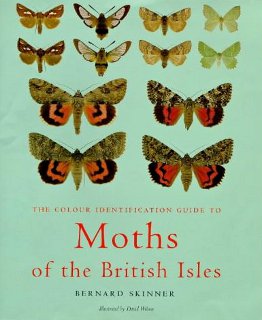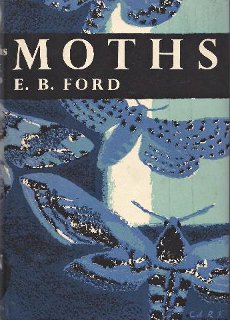Reading: few more decent butterfly books
Community and Forum → Blog → Reading: few more decent butterfly books
Lev Bely, 29.04.2012 20:08

Modern bookstores are ready to offer you a full range of whatsoever butterfly books from a thin brochure to a large heavy volume that might tell about anything but the butterflies. Yet a good home library should be rather made up of best and worth reading stuff what we're about to review right now.
British Moths & Butterflies by Chris Manley (ISBN 9 780713 686364) is an illustrated photographic guide that describes over than 1420 species including 850 macros, 74 butterflies and 500 micros. The species summary comprises wing-spans, taxonomic status, expansion, flight times, habitats and caterpillar host plants. The guide is illustrated with beautiful photos, and all alive butterflies were shot in nature. The book contents and its first pages: http://www.amazon.co.uk/British-Moths-Butterflies-Photographic-Guide/dp/0713686367.

The Colour Identification Guide to Moths of the British Isles by Bernard Skinner (ISBN 0-670-87978-9) is easy readable and informative, and includes 43 color plates of more than 1600 moths of all species, types and varieties. The second revised edition is a 192 page hardcover book: http://www.amazon.co.uk/Colour-Identification-Guide-British-Macrolepidoptera/dp/0670879789.

Best one for thoughtful reading would be Moths by E. B. Ford (ISBN 978-0-00-730821-7) in the well-known The New Naturalist Library series from Collins. The whole story of the moth evolution is told in a simple and understandable way, and completed with S. Beaufoy's photos. “Moths” could make a perfect couple with another E. B. Ford's book named, as you can easily guess, “Butterflies” which in the same series of natural history books that amount to 125. The book is available for order on the book series website: http://www.newnaturalists.com/titles/46878/moths-e-b-ford-9780007308217.
Well, this maybe right time to know a little bit more about butterflies and moths from Gloucestershire or Dorset. And to learn how to prepare them in a best way:)
This is Cornwall, http://www.thisiscornwall.co.uk
Photo 1: British Moths & Butterflies, Chris Manley, http://www.wildlifeextra.com
Photo 2: The Colour Identification Guide to Moths of the British Isles, Bernard Skinner, http://www.amazon.co.uk
Photo 3: Moths, E. B. Ford, http://www.newnaturalists.com
All the rest posts on: UK, reading
Comments
New comment
Note: you should have a Insecta.pro account to upload new topics and comments. Please, create an account or log in to add comments.
* Our website is multilingual. Some comments have been translated from other languages.
Random species of the website catalog
News
- 02.03.2025: Moscow Insect Fair: New section on the Insecta.pro Website
- 31.12.2024: If you need to upload a lot of photos to Insecta.pro website
- 10.12.2024: Новое поле в «Поиске энтомологов»
New photos (28.03.2025)
Fresh from the community
- 23:09, M. Niobius: Здравствуйте. Тульская область, окт...
- 12:52, L. Bolshakov: Петр, см. там подробности: https://...
- 12:32, P. Khramov: Лавр, источник скиньте, пожалуйста....
Popular insects
Recommended blog topics
- ICZN Election of Commissioners
- Interview with Alexander Zatakovoy, one of the wild Russian entomologists
- 20th International Insect Fair in Moscow (Russia, October 2023)
- Turkey: The Butterfly Valley and other curious views



























